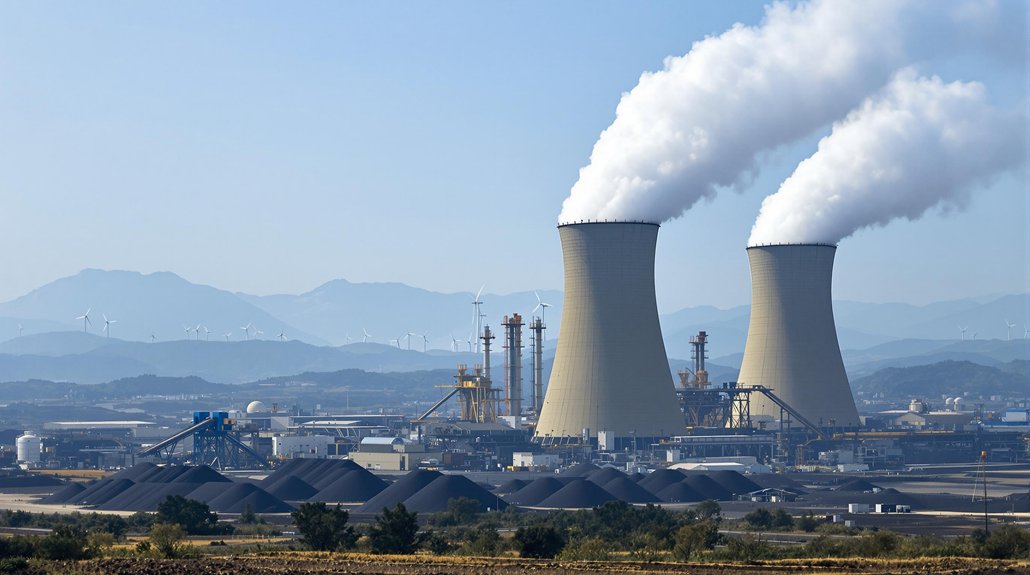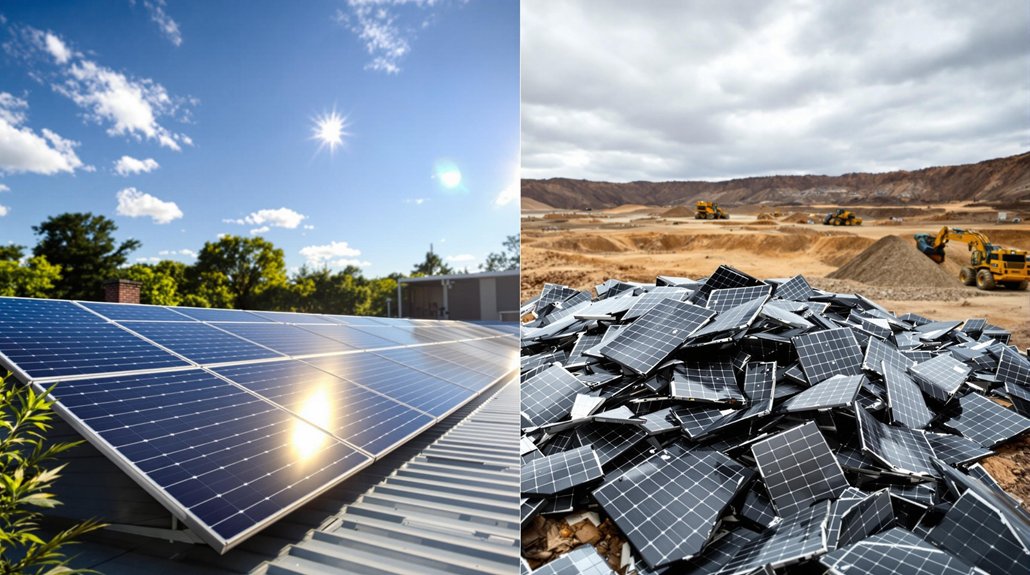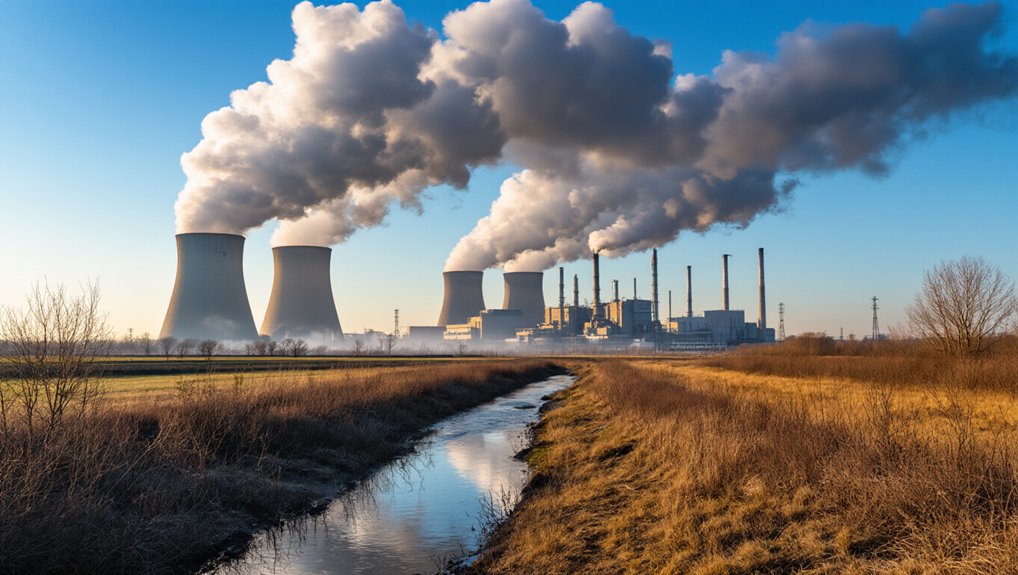China is moving forward with plans to build new coal plants through 2027, despite its climate commitments to reduce carbon emissions. The country will approve 94.5 gigawatts of coal power in 2024 alone, representing 95% of all new coal construction worldwide. This expansion contradicts China’s pledge to peak emissions by 2030 and achieve carbon neutrality by 2060. Local officials cite energy security concerns and high electricity demand as driving factors behind these controversial developments.
China is pushing forward with a massive expansion of coal power, beginning construction on 94.5 gigawatts of new capacity in 2024 – the highest level in a decade. The country also approved 66.7 gigawatts of additional coal-fired capacity and resumed 3.3 gigawatts of previously suspended projects.
This surge in coal development comes despite China’s climate pledges to peak carbon emissions by 2030 and achieve carbon neutrality by 2060. Provinces like Inner Mongolia, Jiangsu, and Guangdong are leading the expansion, with permits being approved at a rapid pace during mid-2024.
The coal mining sector’s investments are driving this boom, with local governments citing energy security concerns and high electricity demand in industrial regions. Both coastal and inland provinces are initiating new coal plants, reflecting regional priorities that sometimes conflict with national environmental goals.
Environmental experts warn that this expansion threatens China’s clean energy progress and could jeopardize global climate targets. The 2024 data shows that China accounted for 95% of global new coal construction, highlighting the country’s outsized role in coal development worldwide.
China is exploring technological solutions to make coal less harmful. These include carbon capture, green ammonia, and biomass. Pilot projects are testing these methods, with plans to cut coal emissions by half by 2027.
While China continues to build coal plants, it’s also growing its renewable energy capacity. This approach contradicts the clear environmental benefits of transitioning completely to clean energy sources, which would significantly reduce greenhouse gas emissions. However, this growth isn’t yet sufficient to replace coal power. Grid infrastructure challenges and economic reliance on the coal sector in some provinces complicate the conversion to cleaner energy sources.
Provincial approaches to energy policy vary widely across China. Guangdong leads in coal project approvals due to industrial demand, while resource-rich regions like Inner Mongolia and Shanxi focus on coal because of their abundant local supplies. The NDRC has called for provincial governments to nominate projects for implementing green technologies in coal plants.
Some experts suggest running coal plants less frequently while maintaining capacity as a compromise solution. The country faces the difficult task of balancing immediate energy needs with long-term environmental commitments.









